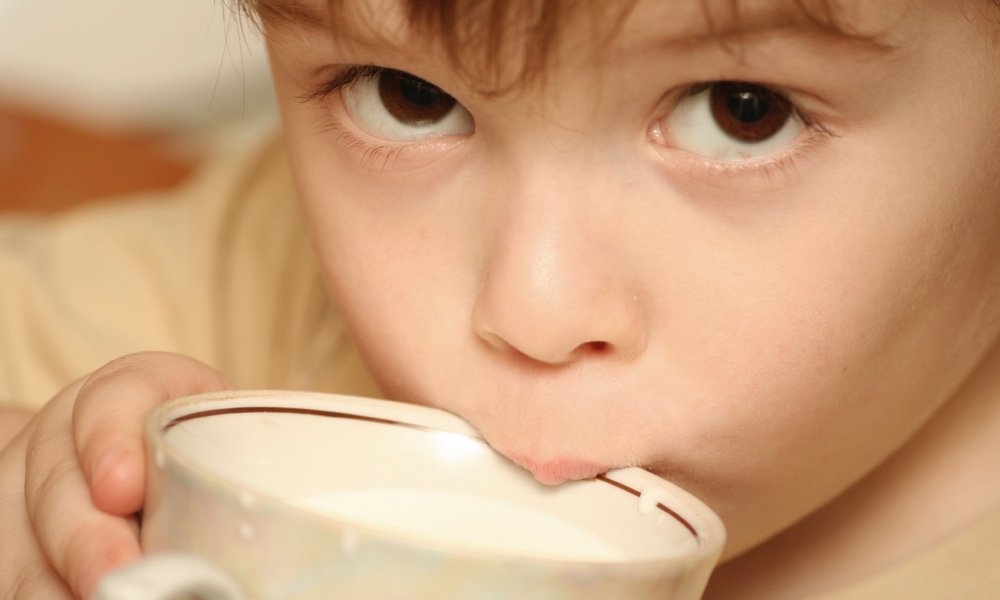Whole milk may be back on grocery lists soon — for kids, at least. Current dietary guidelines recommend that kids over the age of two get low-fat or nonfat milk, but this may contribute to increased weight and a higher Body Mass Index (BMI), new research suggests.
Pediatricians and researchers studied nearly 3,000 children between the ages of two and six years old. They asked parents about the kind of milk each child drank primarily, determined each child’s BMI, and tested their blood to determine vitamin D levels.
Among the children in the study, 49% consumed whole milk while 35% drank 2% milk, 12% drank 1%, and 4% drank nonfat milk. Some combination of the four kinds of milk were consumed by less than 1 percent of the children.Why we need to take a second look at nutritional guidelines concerning milk fat consumption.
Vitamin D levels also were better in the kids getting whole milk. Children who drank just one cup of whole milk each day had vitamin D levels similar to those of children who drank nearly three cups of one-percent milk.
The reason behind this likely has to do with the fact that vitamin D is a fat soluble vitamin; it dissolves in fat, not water. So, the more fat milk contains, the more vitamin D it contains. And it may also be that as kids’ body fat increases, their stores of vitamin D decrease.
“Children who drink lower fat milk don't have less body fat, and they also don't benefit from the higher vitamin D levels in whole milk,” Maguire said in a statement. “It's a double negative with low fat milk.”
The study was not designed to determine why higher fat milk was associated with a lower BMI. It may be that children who drank whole milk felt fuller than kids who drank lower fat or nonfat milk, so they were less likely to snack on high calorie, less healthy foods. Kids who drank lower fat milk may end up feeling hungry and eating more calories than kids who drink whole milk.
The study is published in the American Journal of Clinical Nutrition.





